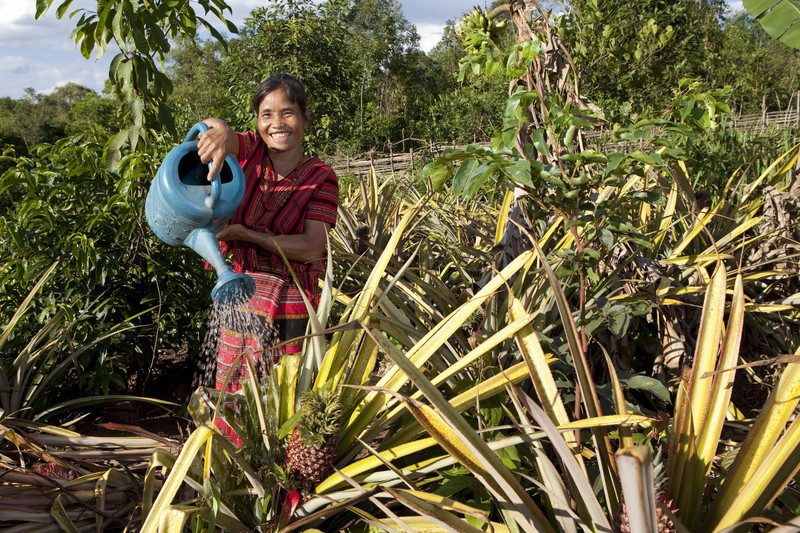The Asian Development Bank and Food Security
Despite decades of economic growth, Asia and the Pacific remain home to more than 60% of the world’s hungry people. There are 537 million undernourished people in Asia and the Pacific.
The Asian Development Bank (ADB) has made a commitment to promoting food security. Food security is not among the ADB’s priority areas but the ADB does recognises the importance of food security. The ADB has committed to investments in food security in which it takes a “multi-sector” approach. This means that much of ADB’s investments go to indirect support for food security, such as rural infrastructure, technology, markets, and nonfarm income opportunities.
Oxfam welcomes the ADB’s commitment to addressing food security. However, the question is whether this approach is resulting in better food security for households and individuals across Asia and the Pacific.
Case Study: Cambodia
Recommendations: Food Security and Inclusive Growth
At the ADB’s Annual Meeting from May 2 – 5 in Baku, Azerbaijan, Oxfam is renewing its call to the ADB to improve its monitoring at household and individual level. This is necessary, if the ADB is to be successful in promoting inclusive growth and combating rising inequality. Our recommendations can be found here: “Monitoring for Food Security and Inclusive Growth”
Resources for monitoring food security:
One of the biggest challenges for the Asian Development Bank is monitoring the impacts of its projects on food security. The ADB’s measurement systems tend to have a heavy emphasis on economic statistics at national level, such as GDP. At project level, measurements for agriculture projects frequently focus on increased economic activity, but there is often little information about whether the beneficiaries’ food security has improved as a result of the ADB project. Higher income does not necessarily equal increased food security.
A farmer who has switched to a high value cash crop, for instance , may be able to make more money, but may also not have a staple crop, such as rice to fall back on for their own family’s food security. A number of other complexities have to be considered in order to gain a holistic picture of people’s food security before and after an ADB investment.
The following report, “Monitoring for Better Impact: Why the Asian Development Bank should focus on food security at a household and individual level” analyses the ADB’s current approach to monitoring food security and makes recommendations for improvements. Oxfam recommends that the indicators laid out in the report, (summarised in short version and indicator table) set a benchmark for the ADB to meaningfully measure food security impacts of its projects at a household and individual level:
Full report
The role of the ADB’s Safeguard Policies in protecting food security
The ADB’s safeguard policies play an essential role in preventing negative project impacts on people’s livelihoods and the environment. Therefore, these policies should also protect and promote food security of ADB beneficiaries and affected communities. The report above makes recommendations for the application and improvement of the ADB’s safeguard policies to food security. Click here for more details on the ADB’s safeguard policies.
